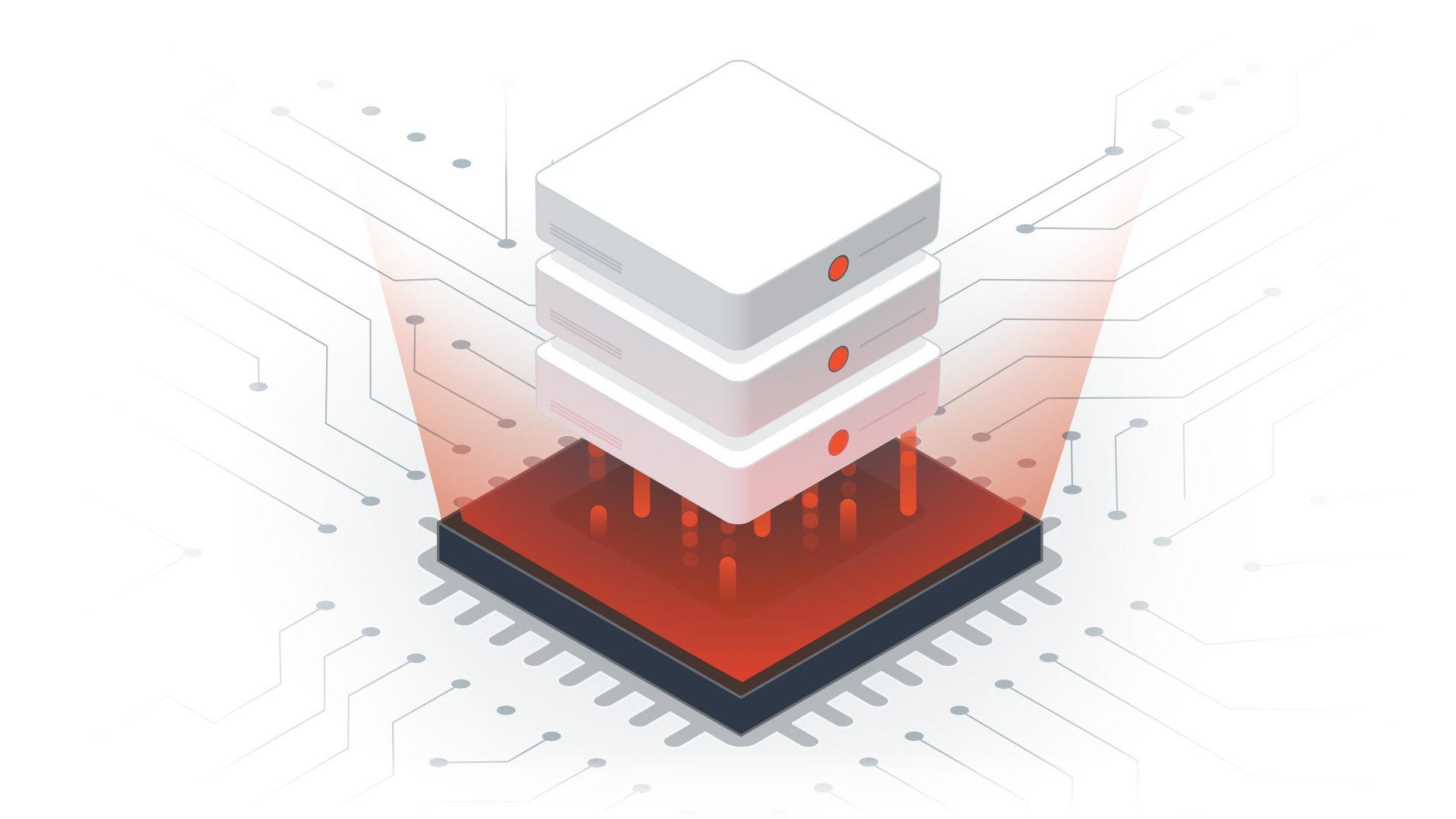

An embedded web server is a compact, lightweight server designed to run within IoT devices, providing a web-based interface for monitoring and controlling connected systems. Selecting the right solution is critical, as it directly impacts performance, resource efficiency, and cost-effectiveness.
Developing web servers for embedded systems presents unique challenges. Limited processing power, memory constraints, and the need for low energy consumption require a solution that balances functionality, flexibility, and efficiency.
To maximize efficiency, a web server designed for IoT must minimize resource usage while maintaining performance and responsiveness. Here are the essential considerations:
Many IoT manufacturers default to Linux-based web servers, but lighter alternatives now offer greater efficiency, faster development, and lower costs. Solutions like MicroEJ provide an optimized approach tailored to the growing demand for miniaturized, low-power embedded web servers.
Traditionally, embedded web servers have relied on Linux-based systems, but MICROEJ VEE provides a more efficient alternative. This software container technology enables web servers to run on RTOS-based devices, eliminating the need for Linux and significantly reducing:
MICROEJ VEE extends web server capabilities to memory-constrained devices, opening new possibilities for IoT and embedded applications. With virtualization and containerization, manufacturers gain higher portability and simplified system integration.
Additionally, MicroEJ Managed-C support facilitates the integration of widely-used C-based embedded web servers, such as Microsoft Azure NetX, integrating them within its sandboxed execution environment for increased security and scalability.
The HOKA embedded web server simplifies web service integration for constrained IoT devices. This lightweight, high-performance framework is optimized for low-power, low-memory environments, making it ideal for industrial and consumer IoT applications.
Embedded and IoT devices often run on batteries or other limited power sources, so minimizing the energy requirements of the webserver is important. HOKA is a lightweight embedded web server framework that can reduce power consumption, making it easier to run the device for extended periods.
HOKA is designed to be robust and resilient, with features like error handling and automatic recovery from failures. This can help ensure that the web server continues to operate reliably even in challenging environments or under heavy loads.
By providing a pre-built web server framework like HOKA, developers can focus on building their application logic rather than worrying about the underlying web server infrastructure. This can simplify development and reduce the time required to get a web-based application up and running.
HOKA, when combined with our Security Foundation Library, includes built-in security features, such as SSL/TLS encryption, secure authentication protocols, and access controls. This can help protect both the device and the data it transmits from unauthorized access or tampering.
HOKA is designed to be highly customizable, allowing developers to tailor the embedded web server to their specific requirements. This can be especially valuable for IoT applications, where the needs of each device or sensor may be unique.
In summary, although Linux has traditionally been the preferred option for embedded web servers due to its reliable web communications, there are now more cost-effective solutions available that could be a better match for your project and offer significant cost savings. That’s where MicroEJ comes in – as a recognized web server enabler, it offers a multitude of benefits for the burgeoning IoT industry, including an accelerated time to market, cutting-edge development methods like continuous integration and automated testing, and the ability to prototype faster on virtual devices with short iteration cycles. So, if you’re looking to stay ahead of the curve and optimize your project’s efficiency, MicroEJ is the way to go.